Rob Watts: The man (and mastermind) behind Chord's multi-award-winning DACs
There are advantages to taking paths less travelled
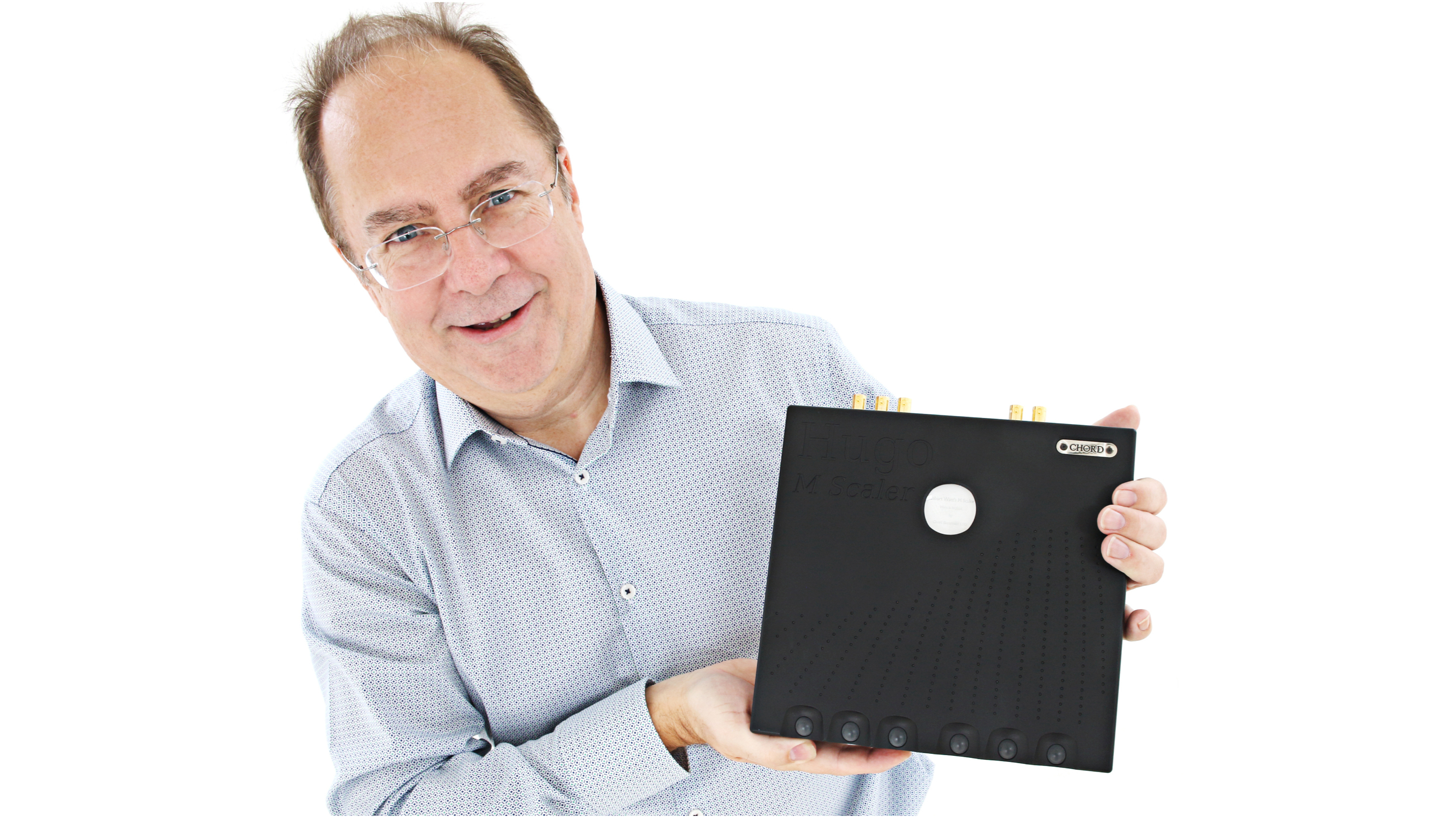
It's possible that you won't have come across Rob Watts before. But if you are a regular reader, we are in no doubt you've come across many of his products. He is Chord Electronics' digital design consultant; the brains behind the exceptional digital products the company has been producing over the last couple of decades.
The highlights are many but include current class champs in the DAC (digital-to-analogue converter) market, such as the Mojo 2, Hugo 2 and established high-end DAVE. It's no stretch to say that Watts has been instrumental in advancing DAC designs over the years, but where did his hi-fi journey start? And what is the ethos behind his designs? We made it our mission to find out...
What Hi-Fi?: How did you first get interested in hi-fi?
Rob Watts: That started many years ago when I was a teenager. I couldn't afford a hi-fi from the money I earned from doing a paper round, so I started building from DIY designs. As my knowledge grew, I began to design and build my own stuff. My first portable project was a matchbox radio I built from a DIY magazine design; I actually used a matchbox to enclose it.
My interest really ignited when I heard my first real hi-fi when I was 16. My electronics lecturer was keen on hi-fi and he demonstrated his hi-fi with some Sheffield Lab direct-cut vinyl albums. I shut my eyes and felt I was there.
It's possible my life would have been completely different without hearing that system. Later on, I visited Doug Sax (Sheffield Lab) at the Mastering Lab and that was an amazing experience too.

So what was your first hi-fi system?
Get the What Hi-Fi? Newsletter
The latest hi-fi, home cinema and tech news, reviews, buying advice and deals, direct to your inbox.
Home-built loudspeakers, a preamp built as my Electronics AS-level project and a crummy turntable with a Hadcock tonearm. I can't remember the power amplifier, though. This got changed at University when I designed a power amp, which featured my own compound Class A output stage.
How did the first company you co-founded, Deltec Audio, come about?
With some friends that I met at university. Unfortunately, we had little money and even less business knowledge!
What made you move to DAC designs based on FPGA (Field Programmable Gate Array) technology?
It was all about ultimate performance and pushing the boundaries of what was possible. I knew from the work that I had done (notably on the Deltec PDM1024 DAC) that there were serious problems within existing DACs and the only way of addressing these issues was by creating my own design using FPGA technology.
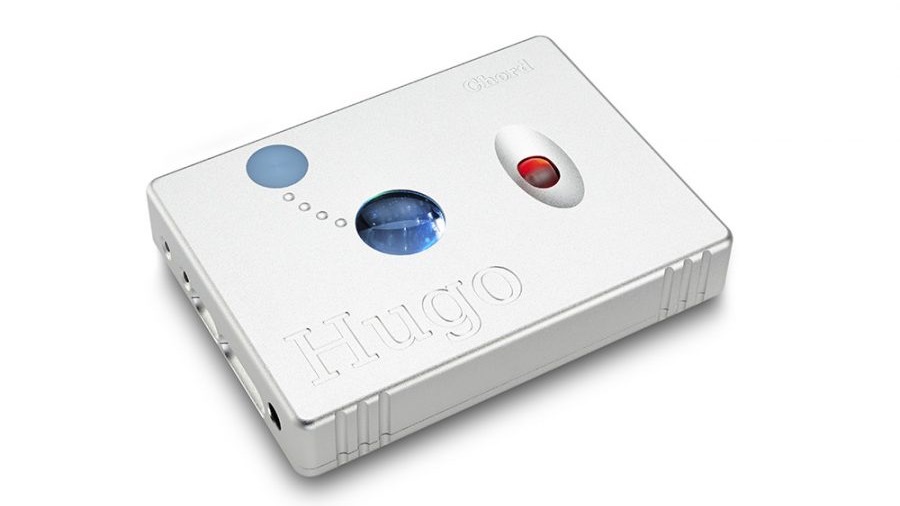
Is the relationship between FPGA processing power and sound quality proportional? Do ‘diminishing returns’ kick in beyond a certain level?
No, it's not proportional nor even logarithmic! Audio is bizarre in the extreme: reduce some errors by, say, 10 times and you get a subjective response. Reduce it by another 10 times and one might reasonably expect the subjective effect to be a great deal smaller, but for numerous reasons that isn't the case. Ultra-small things make huge differences and you need to do very careful listening tests and not assume that something very tiny is inaudible. I am still very much looking forward to bigger FPGAs.
What’s your process for developing a new DAC design?
It depends. So my work is about understanding why things make a difference to performance and then, when identifying errors, reducing them. So as the years go by, my body of knowledge gets much better.
So for a new product in a new category, it will be about using this new knowledge. And for replacement products, it will be about using my better understanding, together with improving the old, based upon feedback from users.
That is the beauty of being active on forums and websites; I get to see people's reactions to my designs and that can allow me to improve performance (for example, an issue with a source) and to improve features.
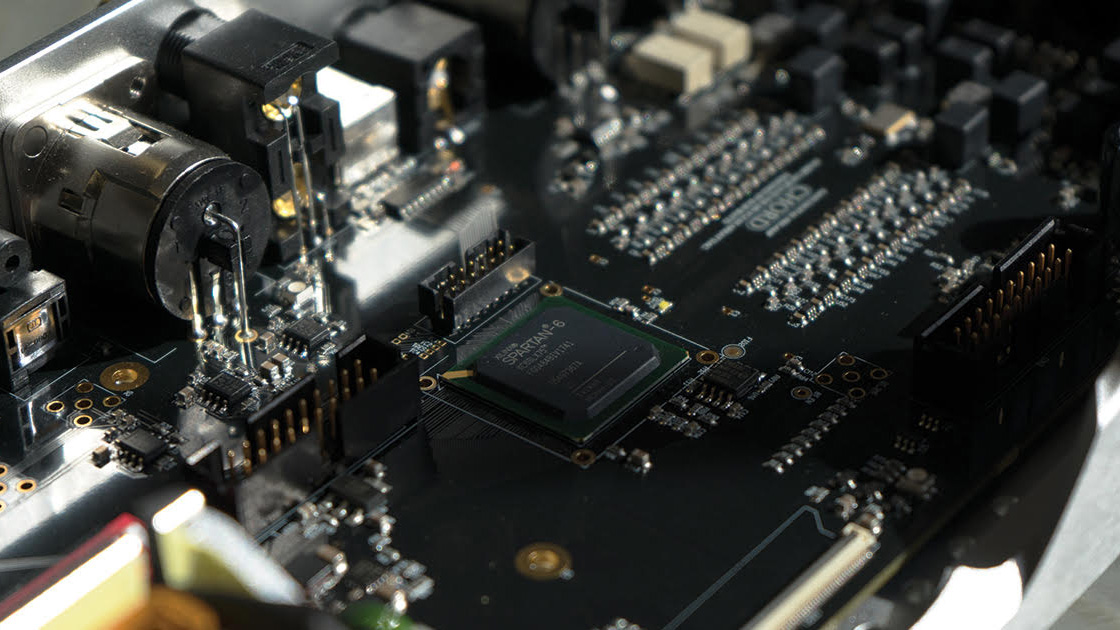
Why do most Chord Electronics DAC products use what appears to be cheap wall-wart power supplies?
Because the units themselves have internal power regulation and RF filtering. Adding ‘better’ power supplies will either make no difference or make it sound worse (brighter) – so superficially more impressive but actually worse due to increased RF noise from big linear PSUs.
I am only interested in spending money on parts that will improve sound quality, so devices are designed to work with that particular power supply unit.
Is DAC design mature or can we still expect to see step-changes in technology and performance?
I don't think things have plateaued at all. I still keep getting improvements in unexpected areas.
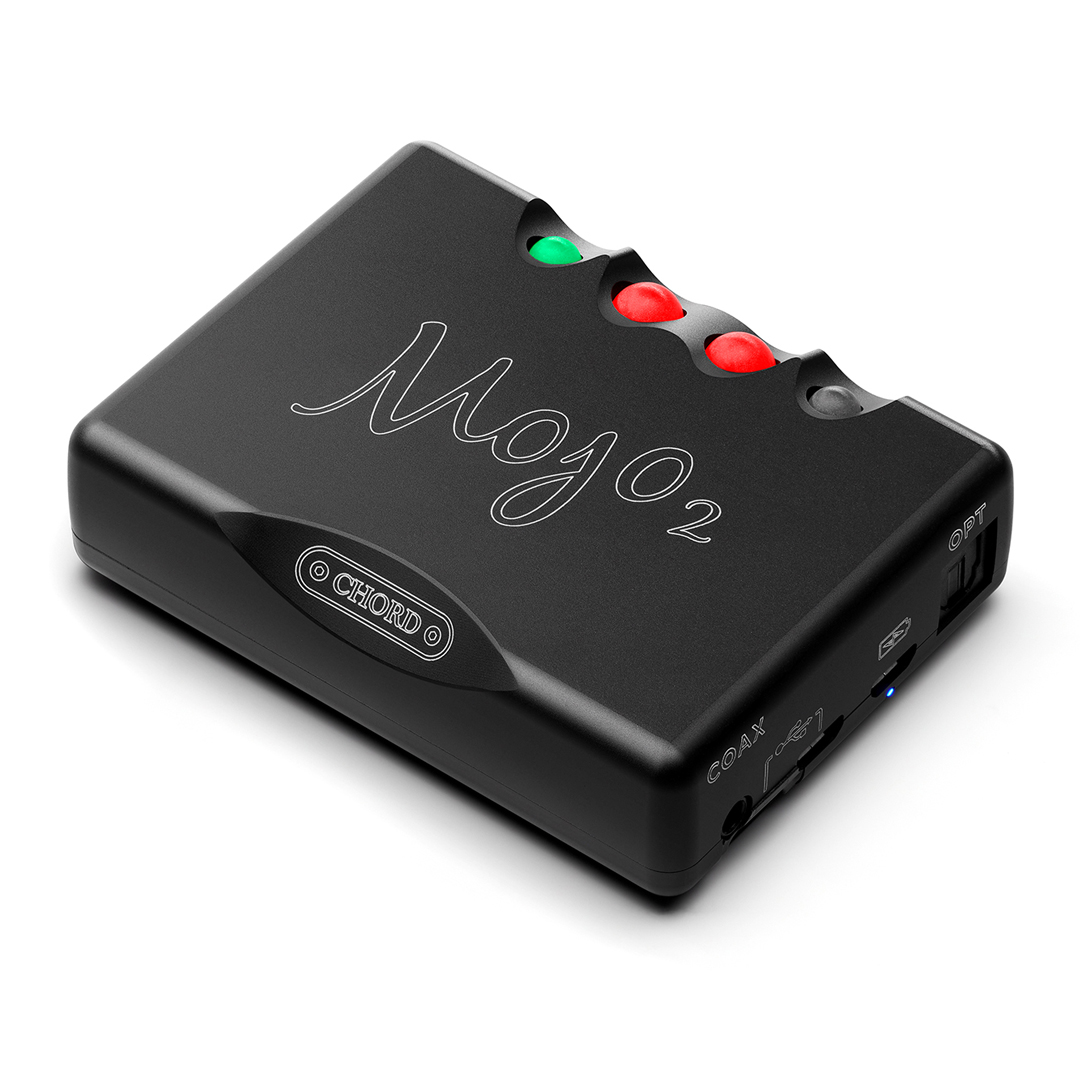
Of the products you’ve designed, which are you most proud of?
In one sense, pretty much all of them, as they all represent the best I can do at that price point and at that time. And there is a common thread of design work that runs through everything I do. But I suppose two products stand out: Mojo (because of the impact it has had in the number of units that have reached customers and the musicality it gives) and, of course, DAVE.
Measurement or listening? Which takes priority?
Of course, listening takes priority. But measurements are absolutely vital and there is no conflict between listening and measurements. Improve the measurements (everything else being equal) and you always improve the listening experience. I don't do any listening tests until the designs are working technically.
Digital domain measurements are incredible tools to discover things that are audible. Many times I have heard differences that would never be analogue-measurable, but are measurable using simulation or captured digital data. As mentioned earlier, ultra-small things can have a profound impact on performance, so one can't make any assumptions.
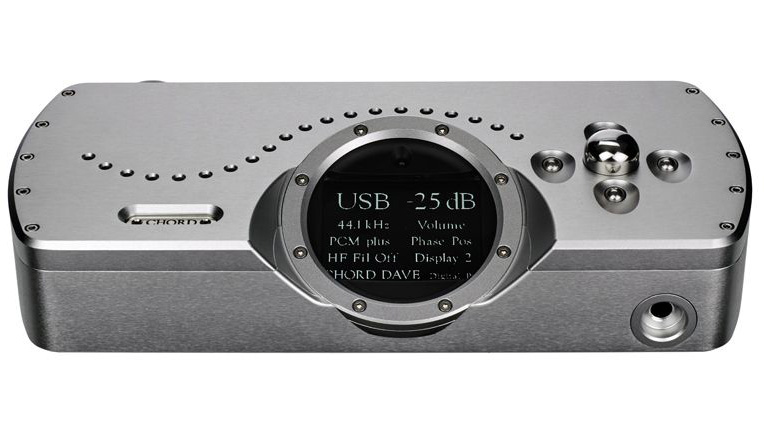
What’s your reference system?
Ignoring prototypes of things I am working on, on my main system I have a Hugo M Scaler upscaler, Hugo TT2 DAC/preamp/headphone amp and B&W 803 D3 speakers. In my office, it's a Hugo M scaler and DAVE DAC/preamp/headphone amp with Dan Clark Audio Stealth headphones. For flying, it's a Hugo M Scaler, Hugo TT 2 and the Stealths again.
And what are your favourite pieces of music?
I hate that question! I have 5TB of music and would be at a loss with any disappearing. I very much enjoy classical – everything from early music to the present – to prog-rock and electronica. My playlist is set to random and I enjoy the serendipity of Hildegard von Bingen followed by Tangerine Dream.
But I suppose the piece for me that has stood the test of time is Jacqueline du Pre and the Elgar Cello Concerto. That never fails to give me spine-tingles, which is what this is all about.
MORE:
Tetsuya Itani interview: The history of Technics by the man who helped shape it
See our Chord Electronics reviews
The best DACs you can buy
The low-down on DACs: what is a DAC? And do you need one?

Ketan Bharadia is the Technical Editor of What Hi-Fi? He has been reviewing hi-fi, TV and home cinema equipment for almost three decades and has covered thousands of products over that time. Ketan works across the What Hi-Fi? brand including the website and magazine. His background is based in electronic and mechanical engineering.
